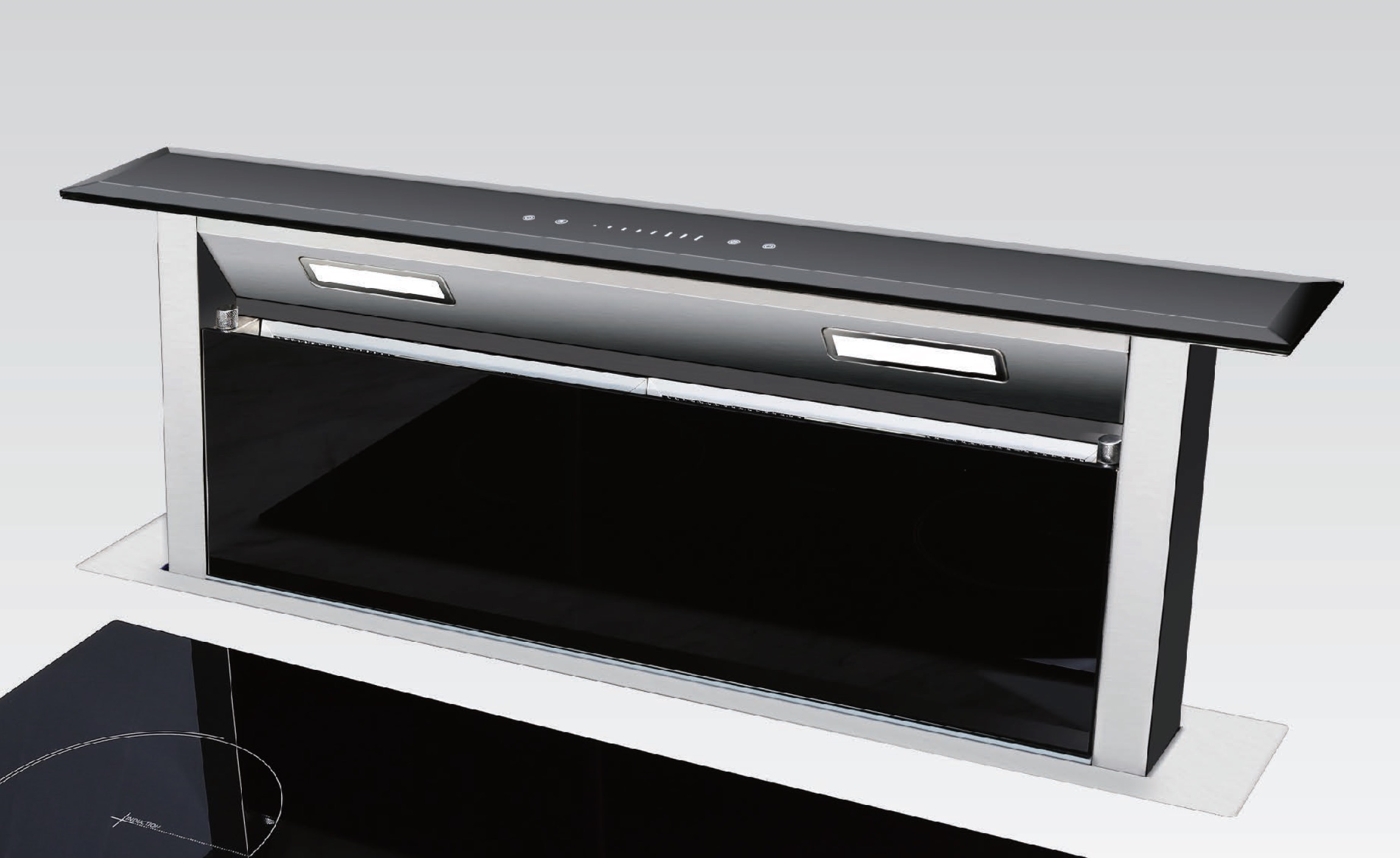

Articles
What Is A Downdraft Range Hood
Modified: February 29, 2024
Discover the benefits and features of downdraft range hoods in this informative article. Learn how they can enhance your kitchen ventilation and improve air quality.
(Many of the links in this article redirect to a specific reviewed product. Your purchase of these products through affiliate links helps to generate commission for Storables.com, at no extra cost. Learn more)
Introduction
A downdraft range hood is an essential appliance that can improve the air quality and functionality of your kitchen. It is a ventilation system specifically designed to remove smoke, odors, grease, and other pollutants generated during cooking. Unlike traditional range hoods that are mounted above the cooking surface, a downdraft range hood is installed directly behind or beside the cooktop, pulling smoke and odors downwards and out of your kitchen.
One of the main advantages of a downdraft range hood is its ability to provide a sleek and unobtrusive design. Since it doesn’t require overhead space like traditional hoods, it offers a more streamlined look, perfect for modern kitchens or for those who prefer a minimalist aesthetic. This makes it an ideal choice for kitchen islands or open-concept spaces, where a hanging hood might obstruct the view or disrupt the flow of the room.
Additionally, a downdraft range hood can be an excellent option if you have restrictions on your kitchen layout. For example, if your cooking area is located against a wall with limited wall space for a vent hood or if you prefer not to have an appliance hanging from the ceiling, a downdraft range hood presents a practical solution.
In this article, we will delve into the details of downdraft range hoods, exploring their functionality, pros and cons, the installation process, maintenance tips, common issues, and troubleshooting. By the end, you will have a comprehensive understanding of downdraft range hoods and be equipped with the knowledge to make an informed decision on whether it is the right choice for your kitchen.
Key Takeaways:
- Downdraft range hoods offer a sleek and unobtrusive design, making them ideal for modern kitchens and open-concept spaces. They efficiently remove cooking byproducts, enhancing air quality and visual appeal.
- Proper maintenance and troubleshooting are essential for ensuring the optimal performance and longevity of downdraft range hoods. Regular cleaning, filter replacement, and addressing common issues contribute to a cleaner and healthier kitchen environment.
Read more: What Is A Range Hood
Definition of Downdraft Range Hood
A downdraft range hood is a ventilation system that is designed to pull smoke, odors, steam, and other airborne particles down and out of the kitchen. Unlike traditional range hoods that are mounted above the cooking surface and vented through ductwork in the ceiling or wall, a downdraft hood is located either behind or to the side of the cooktop and draws the air downwards.
The design of a downdraft range hood allows for a more discreet and sleek appearance in the kitchen. Instead of a large hood hanging above the cooking area, the downdraft hood is often concealed when not in use and only rises when it’s needed. This not only adds to the aesthetics of the kitchen but also provides a clear line of sight and an unobstructed view.
Downdraft range hoods can be operated in two different ways – ducted or ductless. Ducted downdraft hoods are connected to an external ventilation system through ductwork, which directs the extracted air outside of the home. Ductless downdraft hoods, on the other hand, use filters to remove impurities from the air and recirculate it back into the kitchen.
One important feature of a downdraft range hood is the presence of a powerful fan, which is responsible for pulling the air downwards. This fan is typically activated by pressing a button or flipping a switch, causing the hood to rise from its concealed position and begin extracting the cooking fumes.
It’s worth noting that downdraft range hoods are commonly used in kitchen layouts where traditional overhead hoods may not be feasible or preferred. They are particularly popular in kitchen islands, where a hanging hood might obstruct the view or disrupt the aesthetic appeal. Downdraft hoods are also suitable for open-concept kitchens, where maintaining a seamless visual flow is important.
Overall, a downdraft range hood is a stylish and practical solution for ventilating your kitchen. It offers effective smoke and odor removal, enhances the visual appeal of your space, and provides flexibility in terms of kitchen layout. Whether you’re remodeling your kitchen or building a new one, a downdraft range hood can be a valuable addition to your cooking environment.
How Does a Downdraft Range Hood Work?
A downdraft range hood works by effectively capturing and extracting smoke, odors, and other airborne particles that are generated during cooking. Unlike traditional range hoods that vent the air upwards, a downdraft hood pulls the air downwards and out of the kitchen.
The primary mechanism of a downdraft range hood involves a powerful fan located within the hood unit. When you turn on the hood, either by pressing a button or flipping a switch, the fan is activated, creating negative pressure within the hood. This negative pressure effectively draws in the air and any contaminants present in it.
Once the air is drawn in, it then passes through a series of filters. These filters perform two crucial functions – capturing grease particles and removing odors. The first stage of filtration typically involves a mesh or baffle filter that efficiently traps grease and prevents it from entering the ventilation system. The subsequent layers of filters, usually made of activated carbon or charcoal, are responsible for adsorbing and neutralizing odors.
After passing through the filters, the clean air is then directed downwards and out of the kitchen through either ducted or ductless ventilation systems. In a ducted downdraft hood, the extracted air is expelled outside the home through ductwork that connects the hood to an external exhaust vent. This option is highly effective in completely removing the contaminated air from the kitchen.
In a ductless downdraft hood, the filtered air is recirculated back into the kitchen using a recirculation kit. The recirculation kit typically consists of additional filters that further clean the air before releasing it back into the room. While this method does not remove the contaminated air entirely, it is still efficient in reducing smoke, odors, and pollutants.
It’s important to note that the effectiveness of a downdraft range hood can depend on various factors, such as the power of the fan and the efficiency of the filters. Choosing a downdraft hood with a high-powered fan and quality filters will ensure optimal performance in capturing and removing cooking byproducts from the air.
Overall, the combination of a powerful fan, effective filtration, and proper ventilation system allows a downdraft range hood to efficiently extract and eliminate smoke, odors, and other airborne particles in the kitchen. By doing so, it improves the air quality and creates a more pleasant and comfortable cooking environment.
Pros and Cons of Downdraft Range Hoods
Downdraft range hoods offer a unique approach to kitchen ventilation, but like any appliance, they come with both advantages and disadvantages. Understanding the pros and cons will help you make an informed decision when choosing whether to install a downdraft range hood in your kitchen.
Pros:
- Sleek and unobtrusive design: One of the main advantages of downdraft range hoods is their ability to provide a clean and minimalist look in the kitchen. Their concealed design allows for unobstructed sightlines and adds to the overall aesthetics of the space. They are particularly suitable for kitchen islands or open-concept layouts where a hanging hood might disrupt the flow.
- Flexibility in kitchen layout: Downdraft range hoods are an excellent choice for kitchens with limited space or where traditional overhead hoods are not feasible. Since they can be installed behind or beside the cooktop, they offer more flexibility in terms of kitchen design and layout.
- Improved ventilation: Downdraft hoods effectively capture and extract smoke, odors, and airborne pollutants at the source. By pulling the air downward, they ensure that cooking fumes are efficiently removed, resulting in better air quality and a more pleasant cooking experience.
- Cleared sightlines: Traditional range hoods can obstruct the view, especially in kitchens with a focal point such as a beautiful backsplash or a window. Downdraft hoods eliminate this issue, providing unimpeded sightlines and a clearer view of the surrounding area.
- Easy to clean: Since downdraft range hoods are located closer to the cooking surface, they are easier to clean compared to overhead hoods. The removable filters and accessible components make maintenance and cleaning a relatively simple task.
Read more: What Is A Range Hood Filter
Cons:
- Limited effectiveness: Downdraft range hoods may not be as effective as traditional overhead hoods in capturing all the cooking byproducts. Due to their placement, the air has to be drawn downwards before being filtered and vented, which may result in some smoke or odors lingering in the kitchen.
- Lower capture area: Traditional hoods cover a larger area above the cooking surface, which allows for better capture of smoke and odors. Downdraft hoods, on the other hand, have a smaller capture area, which means they may not be as efficient in capturing all the cooking byproducts, especially when using multiple burners simultaneously.
- Higher noise level: Downdraft hoods tend to be noisier compared to traditional hoods. The powerful fans required to draw the air downwards can produce more noise during operation. This may be a concern for those who prefer a quieter kitchen environment.
- Cost: Downdraft range hoods can be more expensive than traditional hoods due to their specialized design and installation requirements. The cost of additional ductwork or recirculation kits may also be a factor to consider.
When deciding whether to invest in a downdraft range hood, it’s essential to weigh the pros and cons based on your specific kitchen layout, preferences, and cooking habits. Consider consulting with a professional to assess your ventilation needs and determine if a downdraft range hood is the right choice for you.
Installation Process of Downdraft Range Hoods
The installation of a downdraft range hood requires careful planning, proper placement, and compliance with safety regulations. While it is recommended to hire a professional for the installation, understanding the general process can help you make informed decisions and effectively communicate with the installer. Here is an overview of the installation process:
- Choose the right location: Determine the ideal location for your downdraft range hood. It should be installed directly behind or to the side of the cooktop to effectively capture the cooking byproducts. Consider factors such as the size of the hood, clearance requirements, and the proximity to external walls or ventilation systems.
- Select the ventilation type: Decide whether you want a ducted or ductless downdraft range hood. Ducted hoods require appropriate ductwork to vent the air outside, while ductless hoods utilize filters to recirculate the cleaned air back into the kitchen.
- Prepare the installation area: Ensure the area where the downdraft range hood will be installed is properly prepared. This may involve cutting a hole in the countertop or the cabinet to accommodate the hood and the ductwork, if applicable.
- Install the downdraft range hood: Follow the manufacturer’s instructions and guidelines for installing the downdraft range hood. This typically involves securing the hood in the designated location and connecting it to the appropriate power source.
- Connect the ductwork (if applicable): If you have opted for a ducted downdraft hood, connect the ductwork to the hood and ensure proper alignment. The ductwork should be positioned to allow for efficient airflow and venting to the exterior of the home.
- Install the ventilation system (if applicable): If you have chosen a ductless downdraft range hood, install the necessary recirculation kit. This may include additional filters to purify the air before recirculation.
- Test and ensure proper functionality: Once the installation is complete, test the downdraft range hood to ensure it is functioning correctly. Verify that the fan, lights, and any other features are operating as intended.
- Ensure compliance with safety regulations: Check local building codes and safety regulations to ensure your downdraft range hood installation meets the requirements. This may include proper ventilation, electrical wiring, and fire safety protocols.
It is important to note that the installation process may vary depending on the specific brand and model of the downdraft range hood, as well as the unique characteristics of your kitchen. To ensure a smooth and successful installation, it is recommended to consult with a professional installer who can provide expert advice and ensure compliance with safety standards.
When installing a downdraft range hood, make sure it is at least as wide as your cooktop and that the ductwork is properly installed to ensure efficient ventilation.
Maintenance and Cleaning Tips for Downdraft Range Hoods
Maintaining and cleaning your downdraft range hood regularly is crucial for its proper functioning and longevity. By following these maintenance tips, you can ensure effective ventilation and extend the lifespan of your hood:
- Read the manufacturer’s instructions: Start by familiarizing yourself with the specific maintenance and cleaning guidelines provided by the manufacturer. Each downdraft range hood may have unique requirements, so it’s essential to follow the instructions specific to your model.
- Regularly clean the filters: The filters in your downdraft range hood play a vital role in capturing grease particles and neutralizing odors. Clean or replace the filters according to the manufacturer’s recommendations. Mesh or baffle filters are typically dishwasher-safe, while charcoal or activated carbon filters may need to be replaced periodically.
- Clean the hood exterior: Wipe down the exterior of the hood regularly with a damp cloth or sponge. Use a mild detergent or a non-abrasive cleaner to remove grease, dust, and other residues. Avoid using harsh chemicals or abrasive materials that could damage the surface.
- Keep the vent opening clear: Ensure that the vent opening of your downdraft range hood is free from obstructions. Regularly check and remove any debris or buildup around the vent opening, as it can hinder proper airflow and reduce the hood’s efficiency.
- Clean the ductwork (if applicable): If you have a ducted downdraft range hood, periodically check and clean the ductwork. Over time, grease and other residues can accumulate inside the ducts, potentially impeding airflow and causing odors. Consult a professional if you need assistance in cleaning the ductwork.
- Check the fan and motor: Inspect the fan and motor of your downdraft range hood regularly. Remove any accumulated dust or debris and ensure that they are functioning smoothly. Lubricate the fan and motor if necessary, following the manufacturer’s recommendations.
- Inspect the lights: If your downdraft range hood has built-in lights, check them periodically. Replace any burnt-out bulbs to maintain proper lighting in your cooking area.
- Follow a regular cleaning schedule: Set a regular cleaning schedule for your downdraft range hood. Depending on the frequency of your cooking and the amount of grease and residues produced, you may need to clean it monthly or more often. Consistency is key in keeping your hood in optimal condition.
Remember, proper maintenance and cleaning of your downdraft range hood not only ensure its efficiency but also contribute to a cleaner and healthier kitchen environment. By following these tips and being proactive in caring for your hood, you can enjoy better air quality and a longer lifespan for your appliance.
Common Issues and Troubleshooting
While downdraft range hoods are designed to be reliable, there can be occasional issues that arise during their usage. Here are some common problems that you may encounter with a downdraft range hood and possible troubleshooting steps:
- Weaker airflow: If you notice a decrease in the airflow of your downdraft range hood, check the filters first. Dirty or clogged filters can restrict airflow. Clean or replace the filters according to the manufacturer’s instructions. Additionally, ensure that the vent opening is not obstructed by debris or other objects.
- Noisy operation: If your downdraft range hood is excessively noisy during operation, it may be due to a blockage in the ductwork, loose parts, or worn-out fan blades. Inspect the ducts for any blockages and remove them if necessary. Tighten any loose parts, and if the noise persists, consider contacting a professional for further assessment and repair.
- Fan not working: If the fan of your downdraft range hood is not functioning at all, check the power connection. Make sure the hood is properly plugged in and that the circuit breaker or fuse is not tripped. If the power supply is not the issue, it is recommended to contact a qualified technician to inspect the electrical components and motor.
- Odor or smoke not being effectively removed: If you notice that odors or smoke are not being adequately removed, check the filters first. Clean or replace them if they are dirty or worn out. Additionally, ensure that the ductwork is properly installed and free from any leaks or gaps that may be allowing the contaminants to escape into the kitchen.
- Lighting issues: If the lights in your downdraft range hood are flickering, not turning on, or giving off a dim light, check the bulbs first. Replace any burnt-out bulbs with the correct wattage and type specified by the manufacturer. If the problem persists, there may be an electrical issue or a problem with the light socket that requires professional attention.
- Error codes or malfunctioning controls: If your downdraft range hood has electronic controls and displays error codes or is not responding correctly, refer to the user manual for troubleshooting instructions. Sometimes, a simple reset or power cycle can resolve minor issues. If the problem persists, contact the manufacturer’s customer support or a professional technician for assistance.
It’s important to note that these troubleshooting steps are general guidelines and may vary depending on the specific brand and model of your downdraft range hood. Always refer to the manufacturer’s instructions and consult with a professional if you’re unsure or if the issue persists.
Regular maintenance, prompt troubleshooting, and professional assistance when needed can help ensure the optimal performance and longevity of your downdraft range hood.
Read more: What Is A Ducted Range Hood
Conclusion
Downdraft range hoods offer a stylish and effective solution for ventilation in the kitchen. With their sleek design and flexible installation options, they provide a streamlined look while efficiently capturing and removing smoke, odors, and airborne particles that are produced during cooking.
Throughout this article, we’ve explored the definition of downdraft range hoods, how they work, and the pros and cons associated with their use. We’ve also discussed the installation process, maintenance tips, and common troubleshooting issues that may arise.
Despite the potential challenges and drawbacks of downdraft range hoods, they can be an excellent choice for kitchens where traditional overhead hoods may not be feasible or preferred. They add a touch of elegance to the cooking space while ensuring effective ventilation and a clear line of sight.
However, it’s important to consider your specific needs, kitchen layout, and preferences before making a decision. Consulting with a professional installer or a knowledgeable expert can help guide you in selecting the right downdraft range hood for your kitchen and ensure proper installation and functionality.
By following the maintenance and cleaning tips provided, you can keep your downdraft range hood in optimal condition, ensuring its efficiency and longevity. Regular upkeep and troubleshooting help address any issues that may arise, ensuring that your hood operates effectively and provides a clean and healthy kitchen environment.
In conclusion, downdraft range hoods can be a valuable addition to any kitchen, offering both aesthetic appeal and functional benefits. With proper installation, maintenance, and care, your downdraft range hood will provide you with clean and fresh air as you cook your favorite meals for years to come.
Frequently Asked Questions about What Is A Downdraft Range Hood
Was this page helpful?
At Storables.com, we guarantee accurate and reliable information. Our content, validated by Expert Board Contributors, is crafted following stringent Editorial Policies. We're committed to providing you with well-researched, expert-backed insights for all your informational needs.
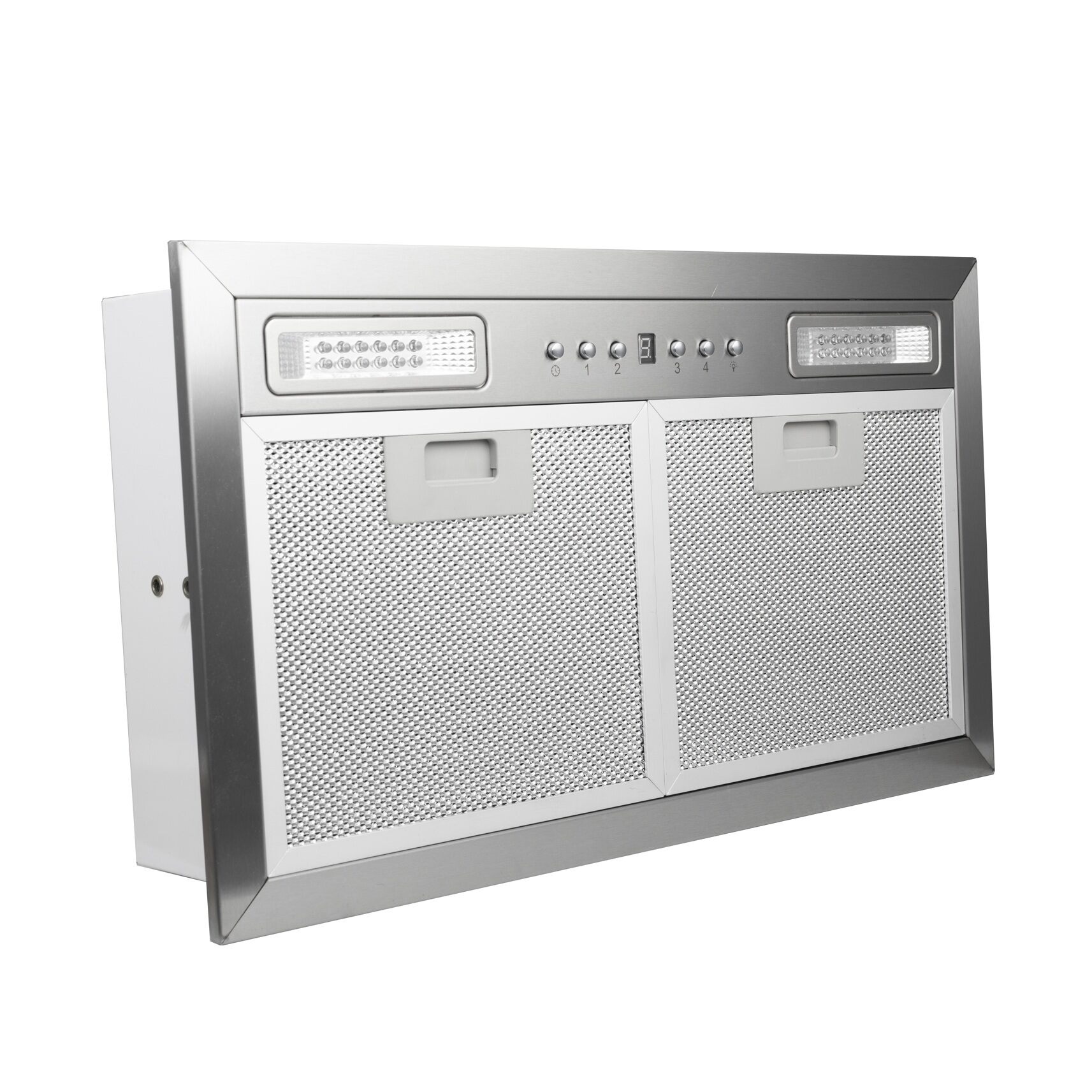
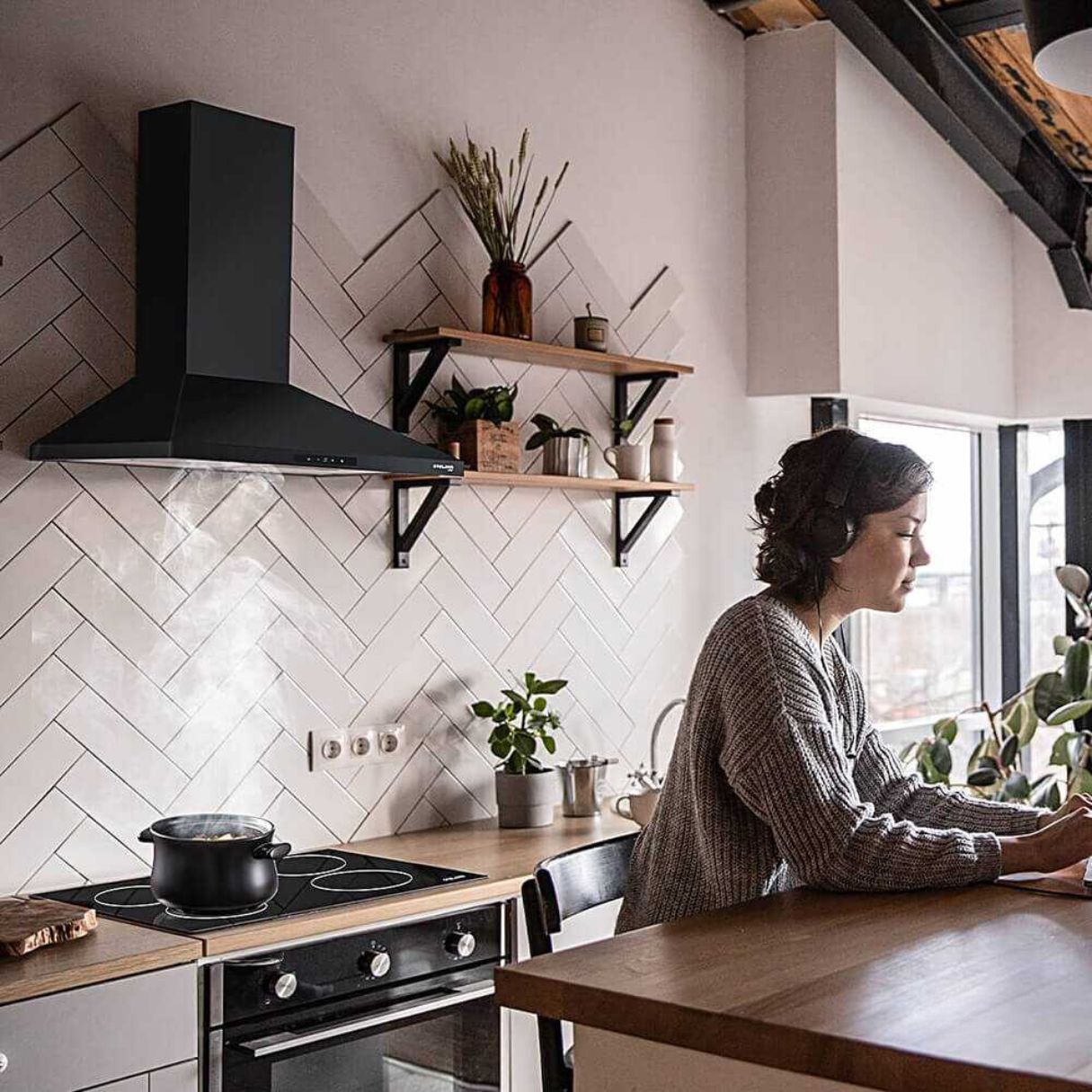
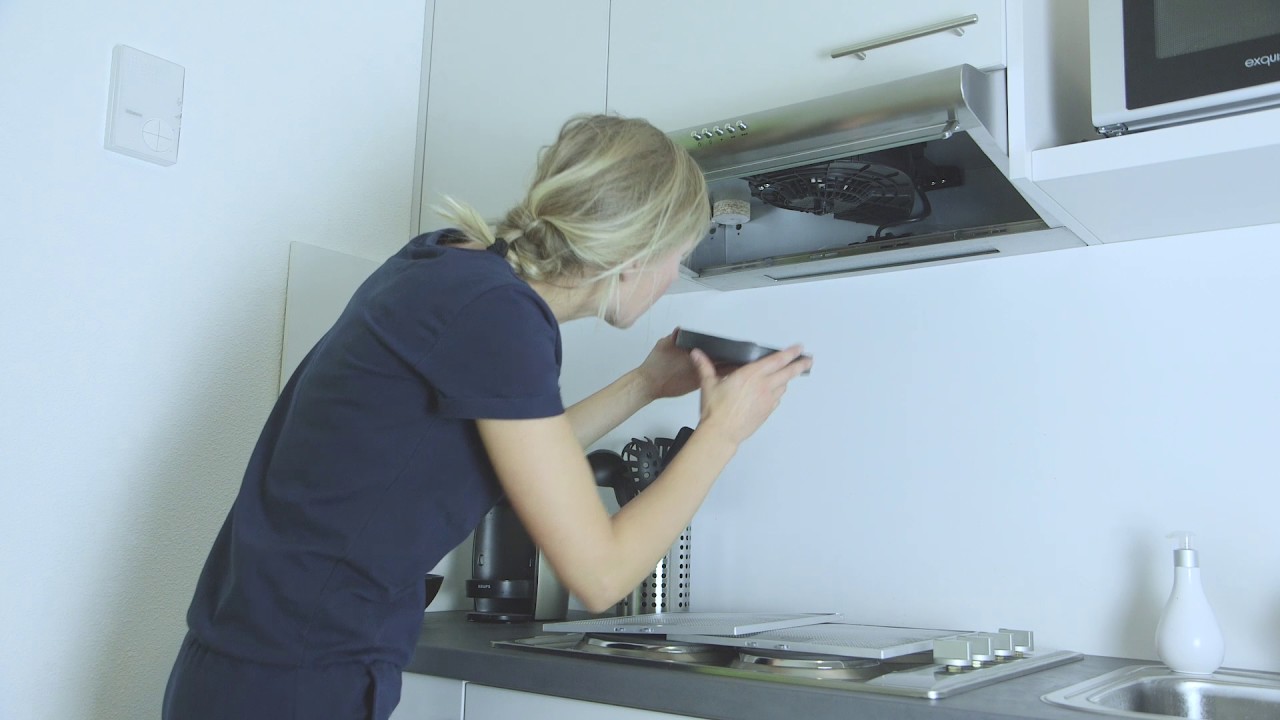
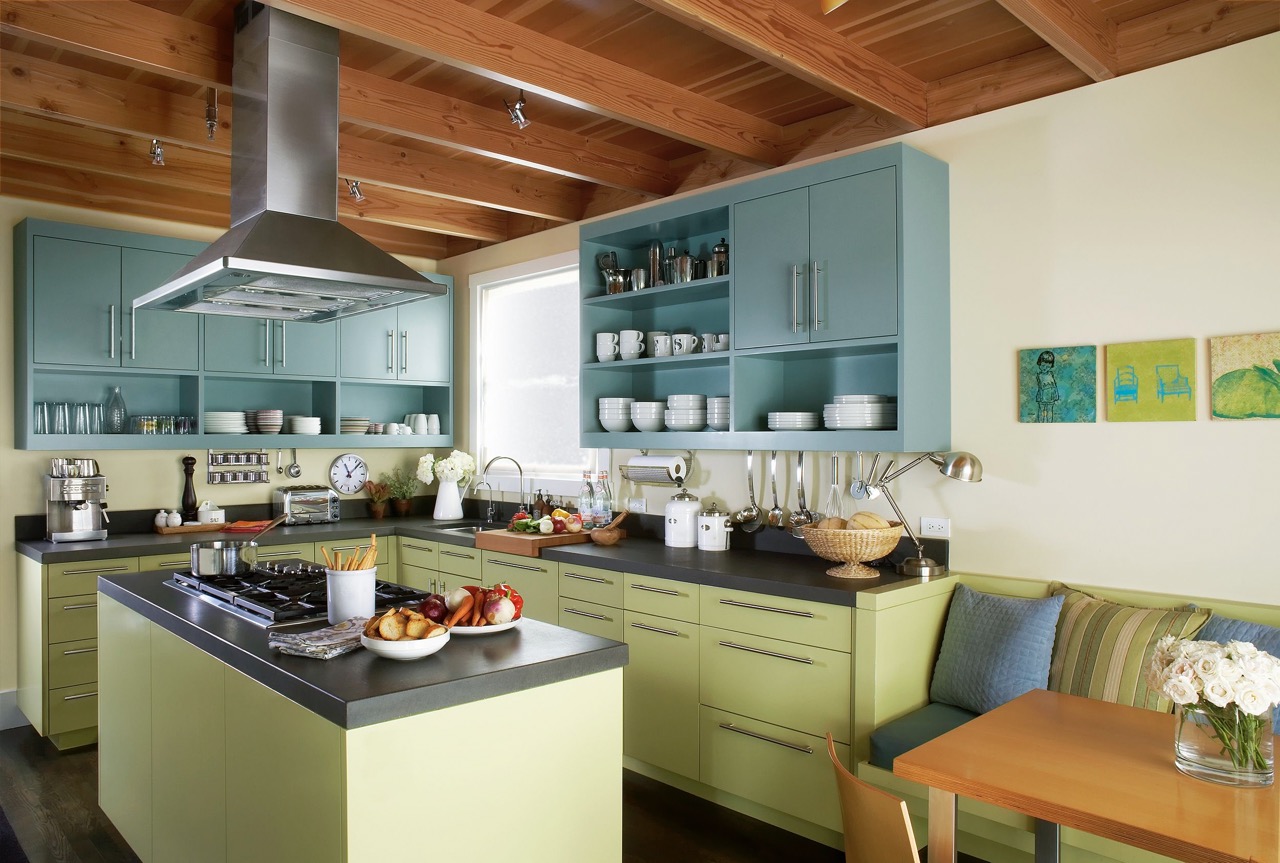
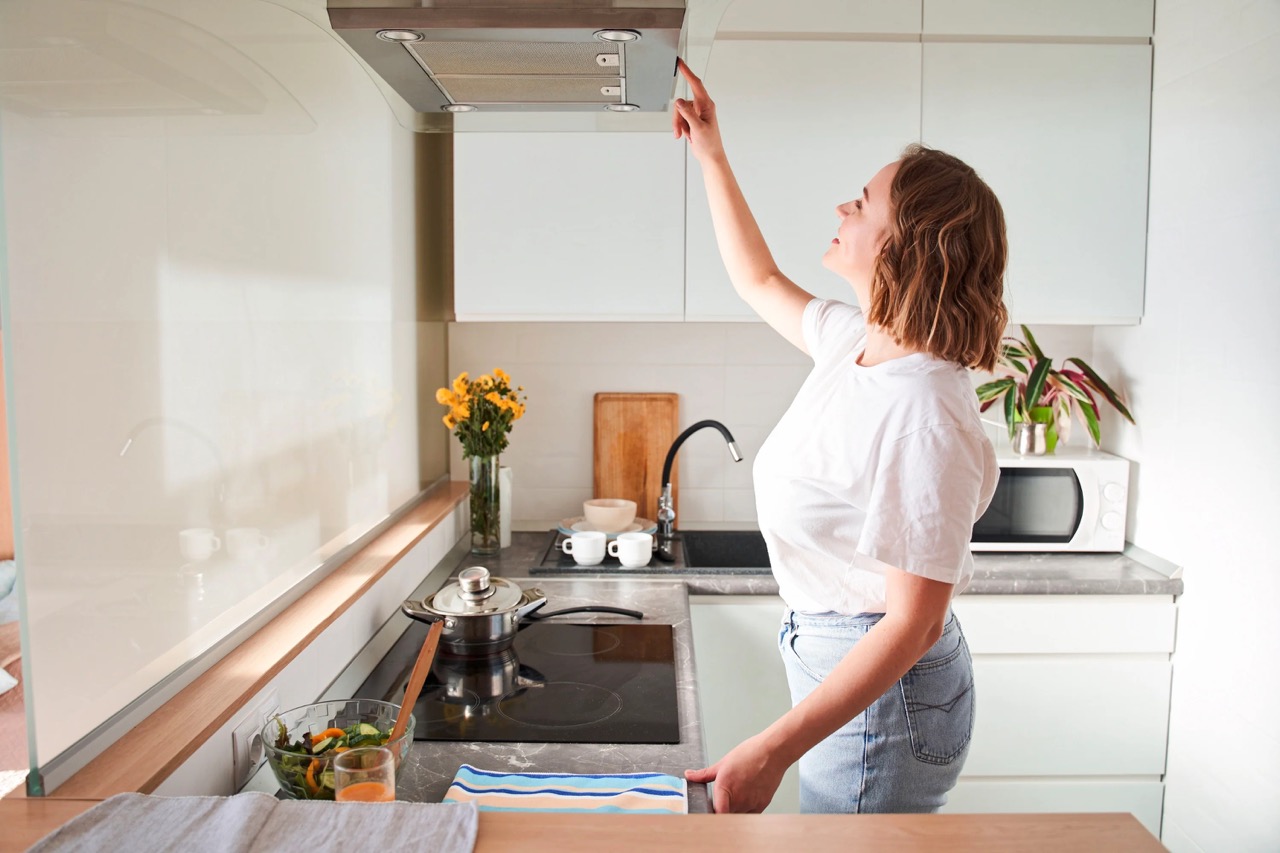
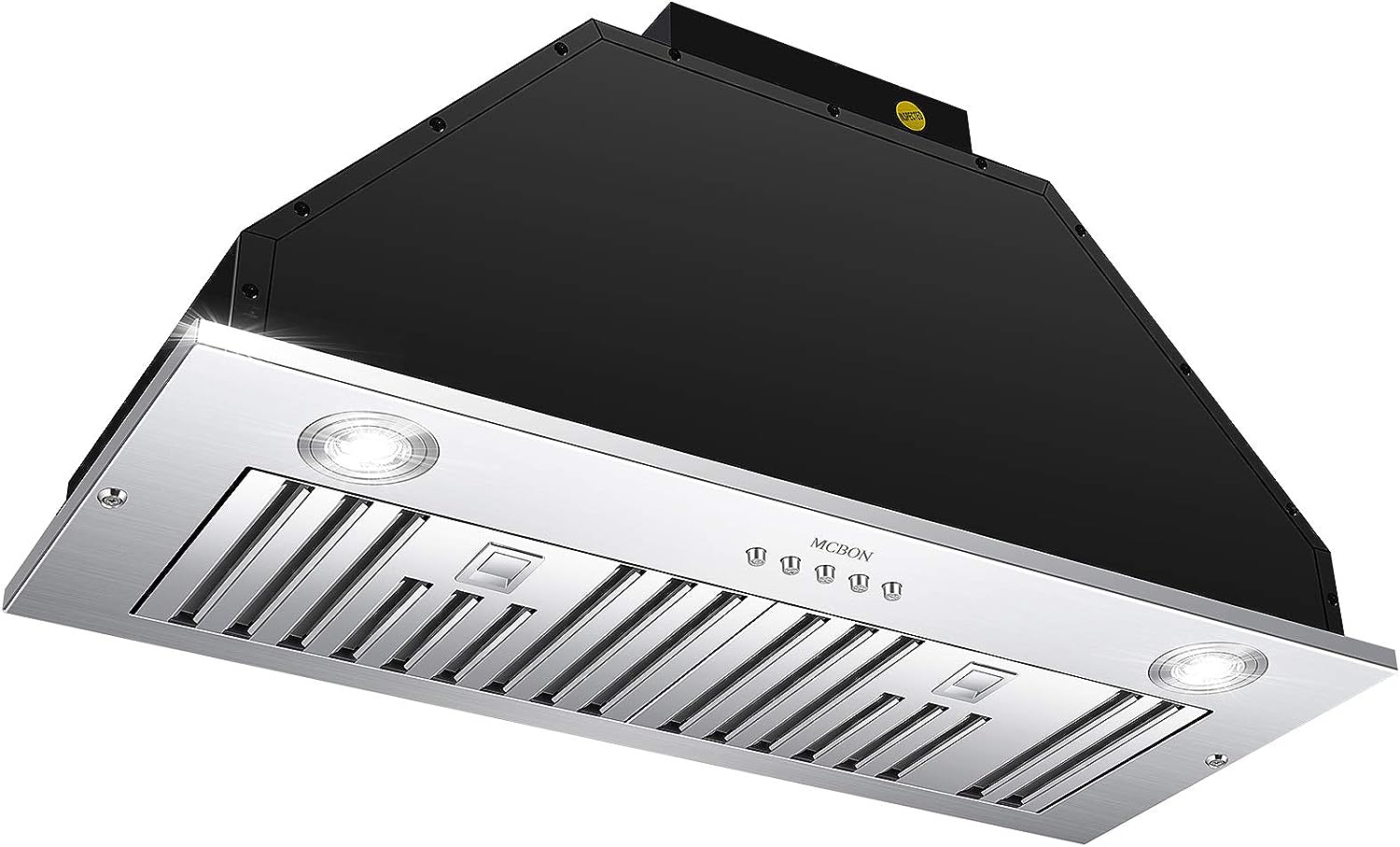
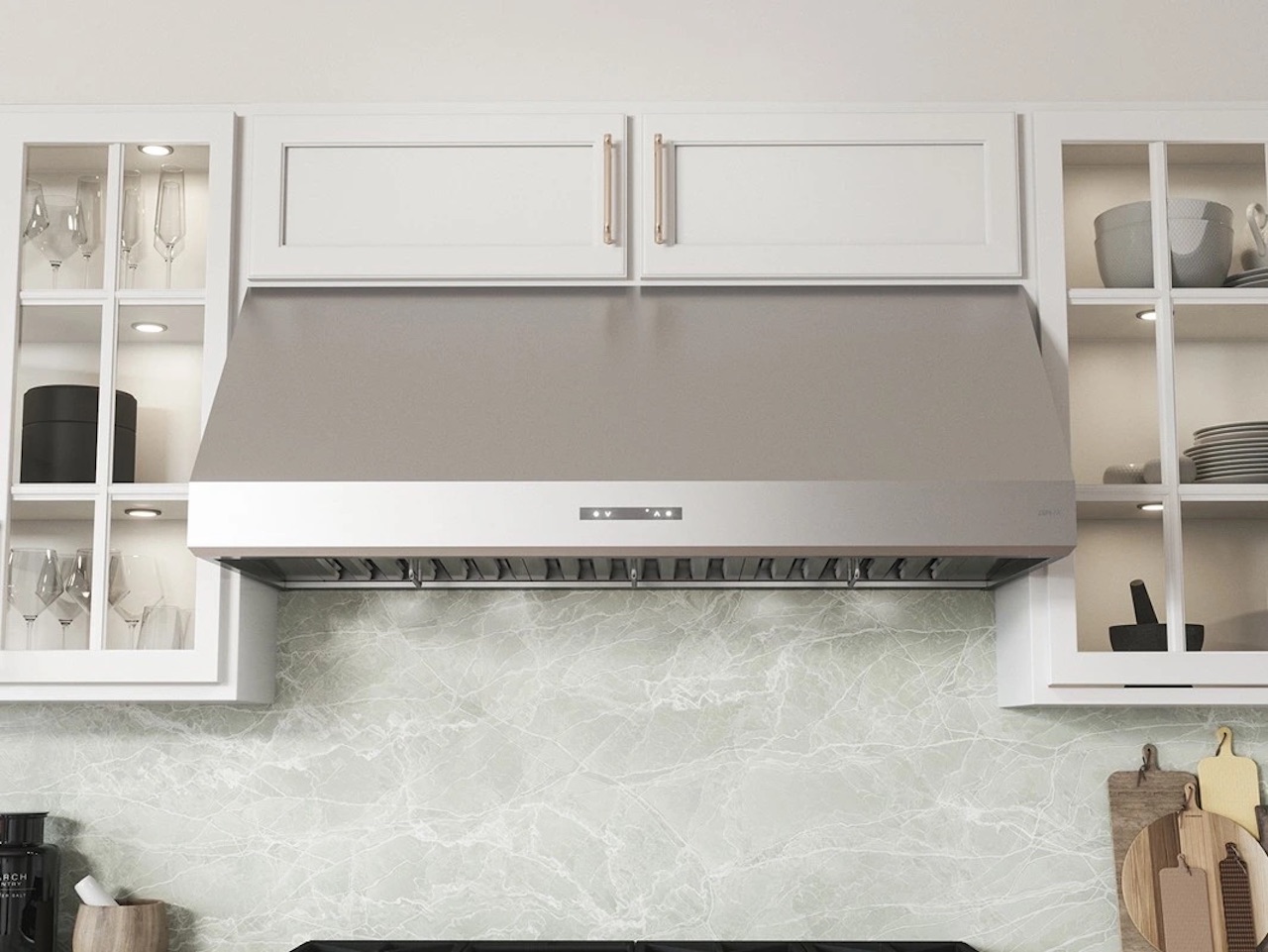
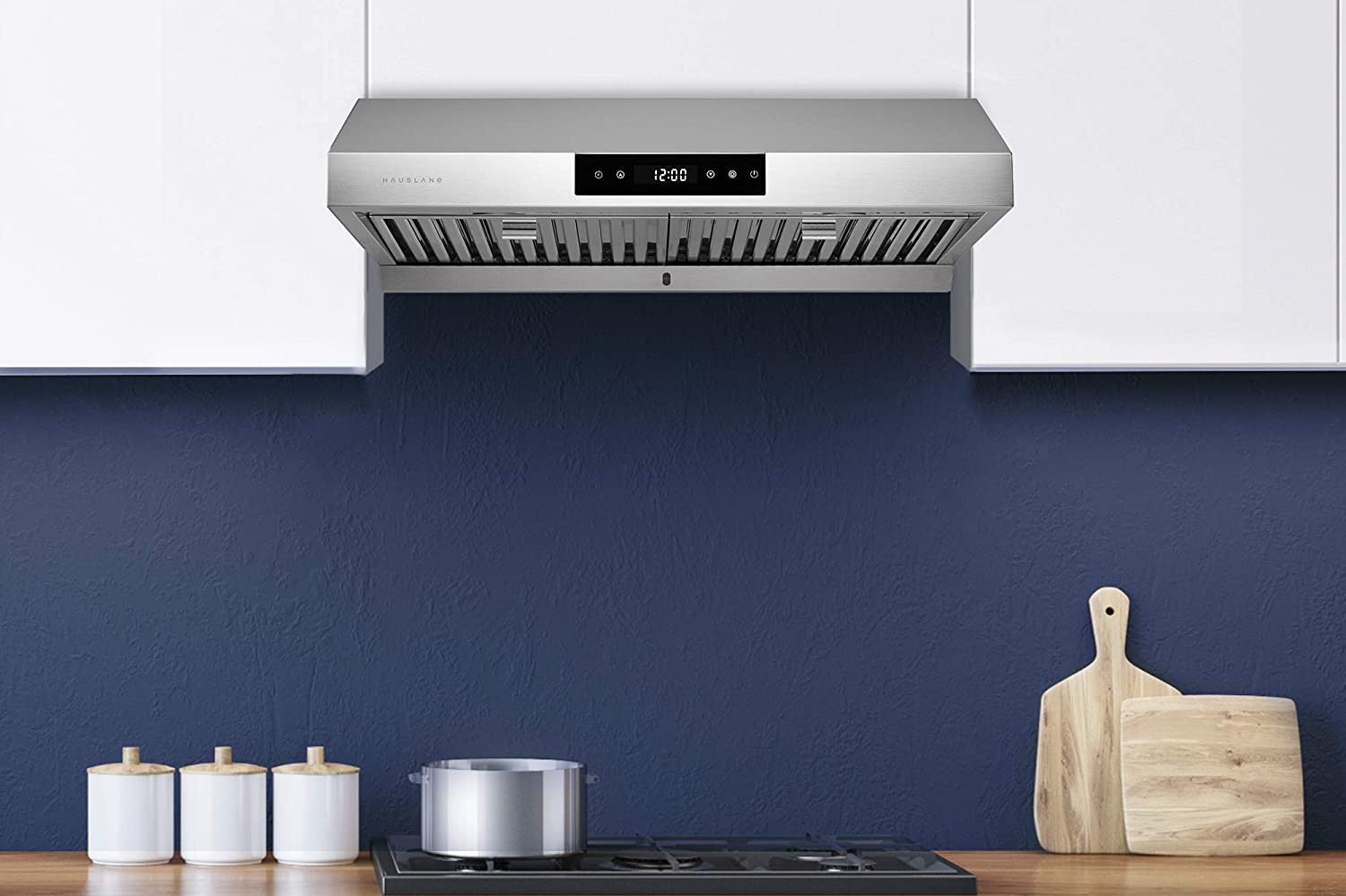
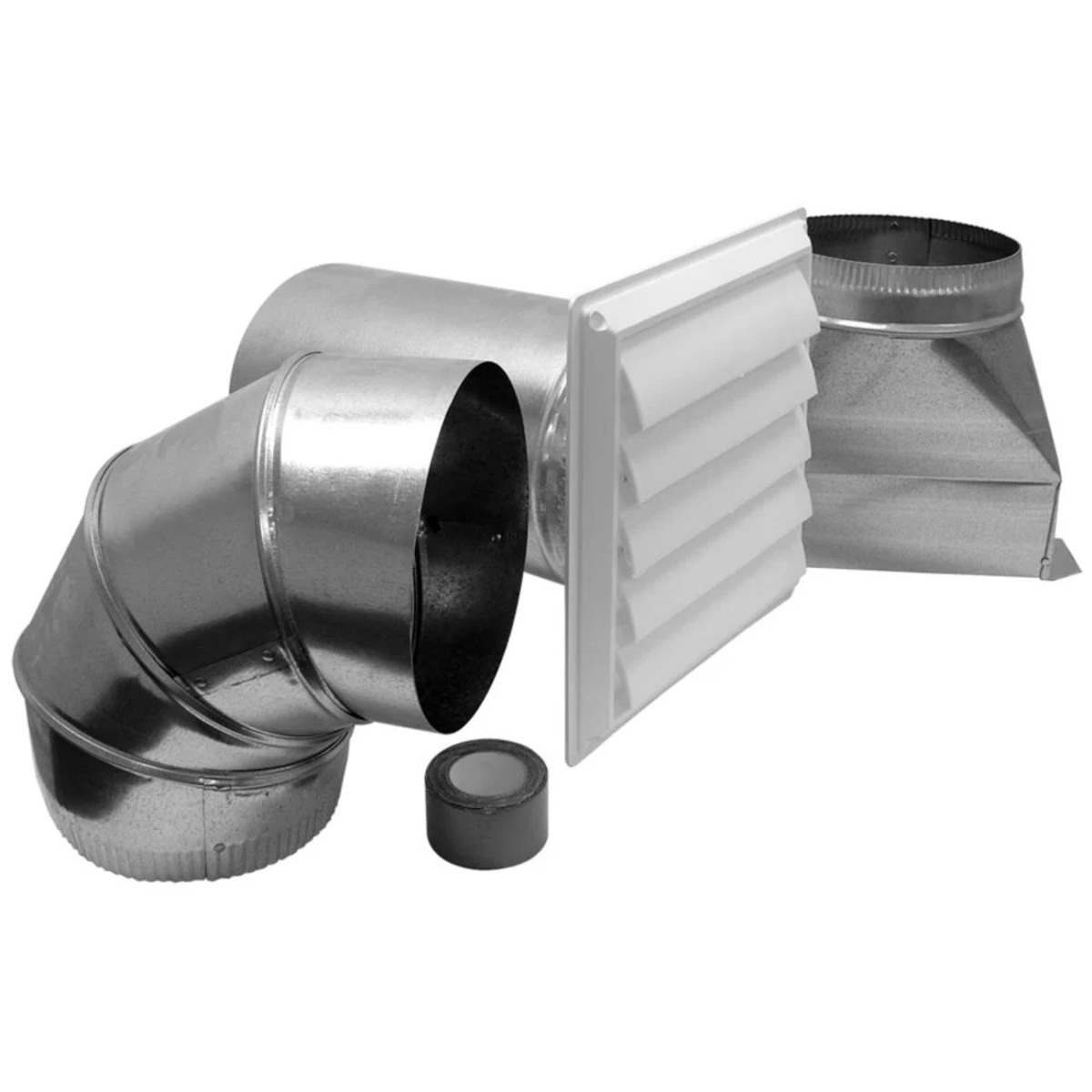
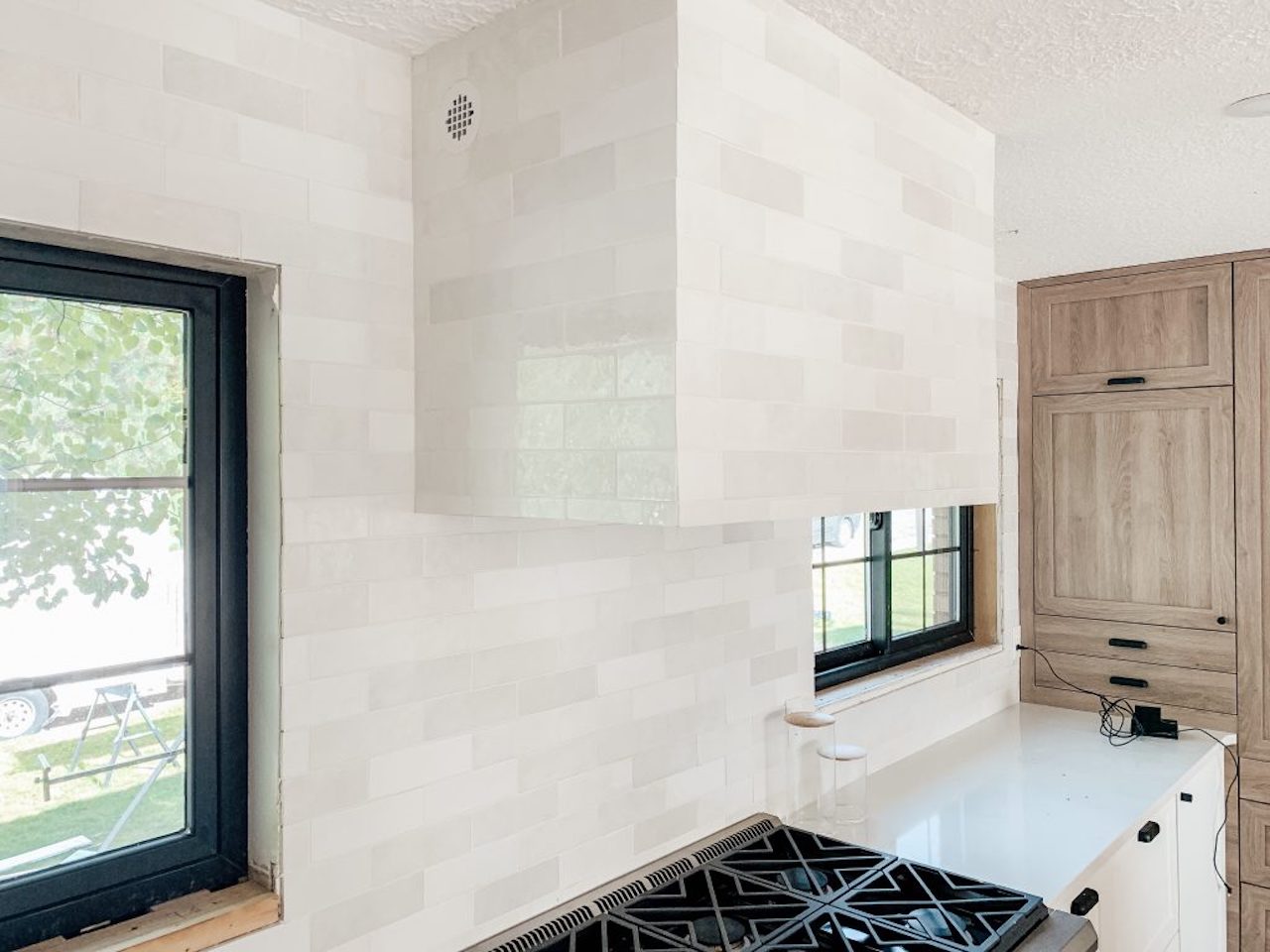
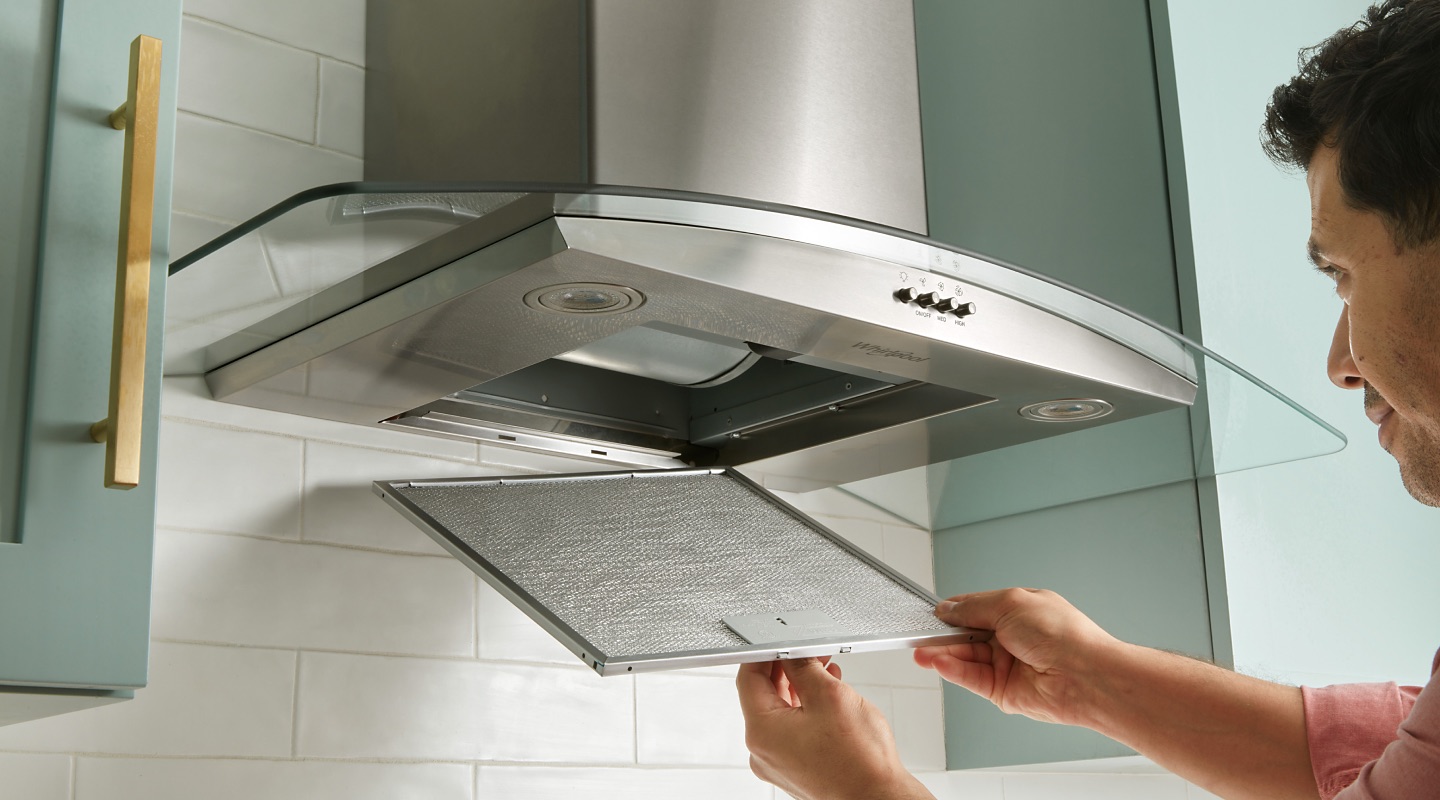
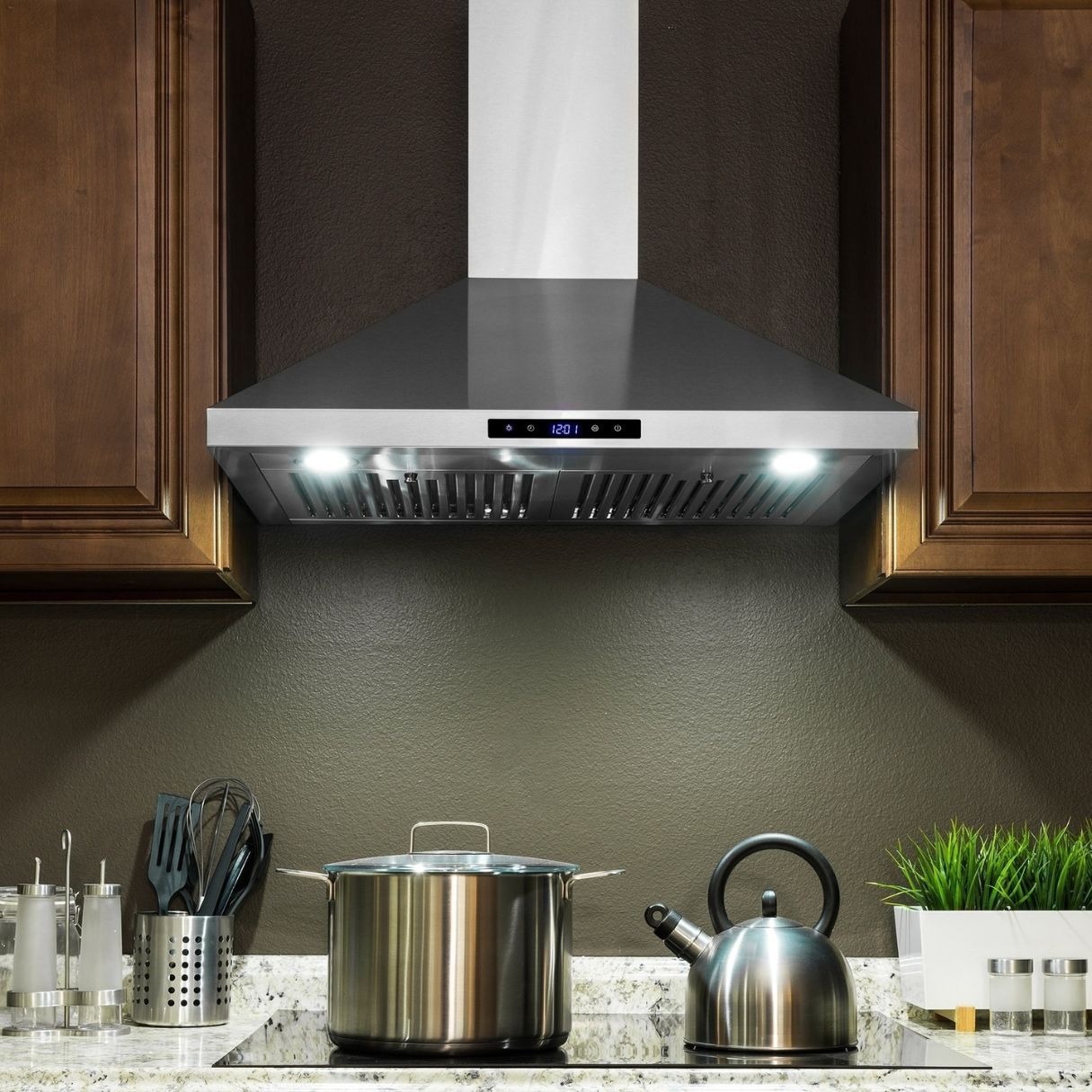
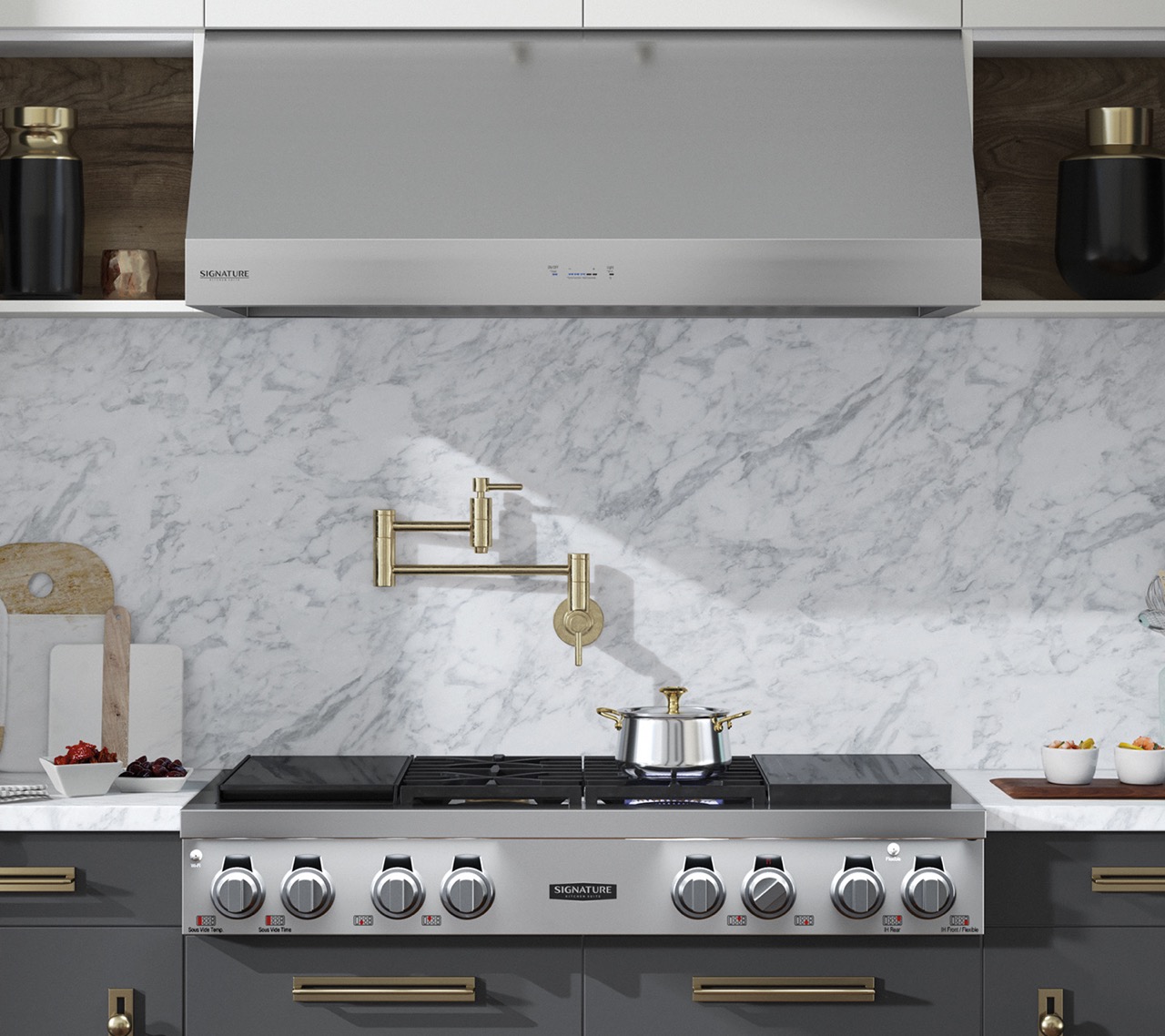

0 thoughts on “What Is A Downdraft Range Hood”